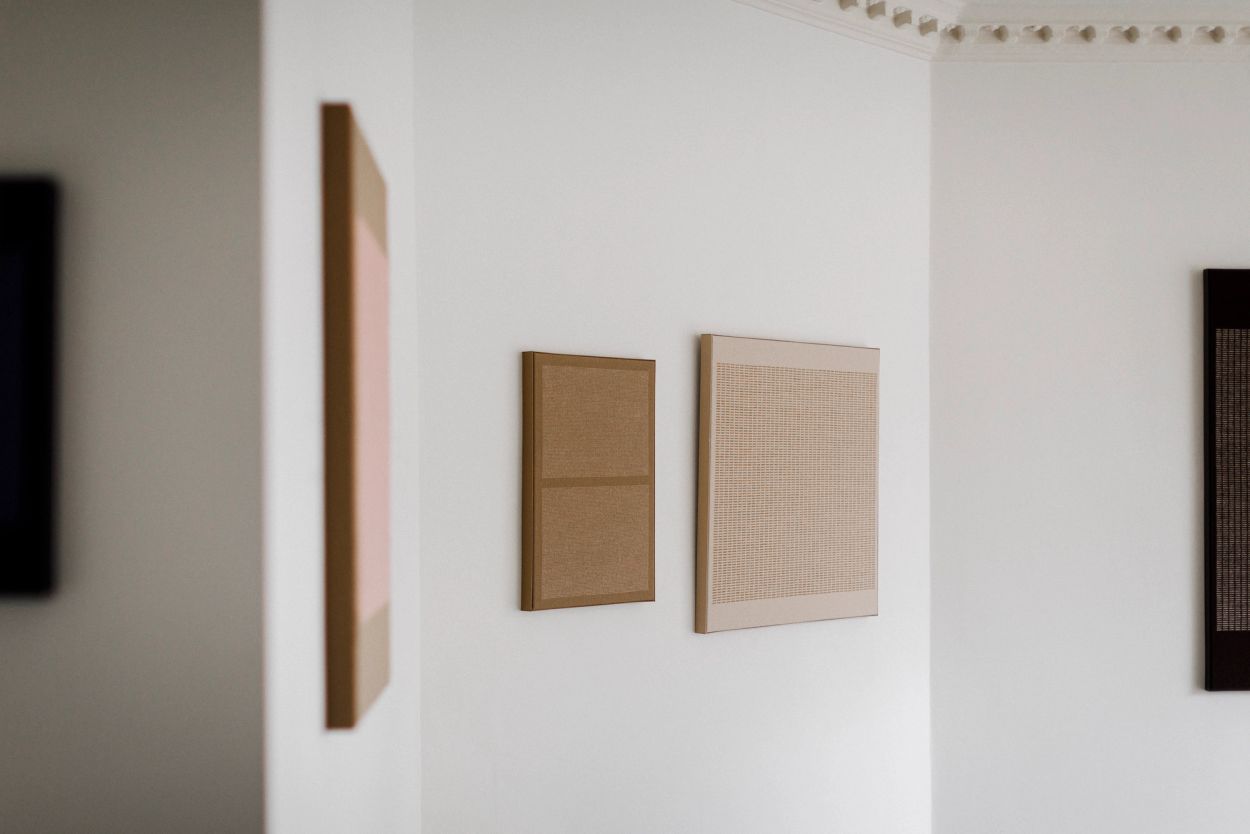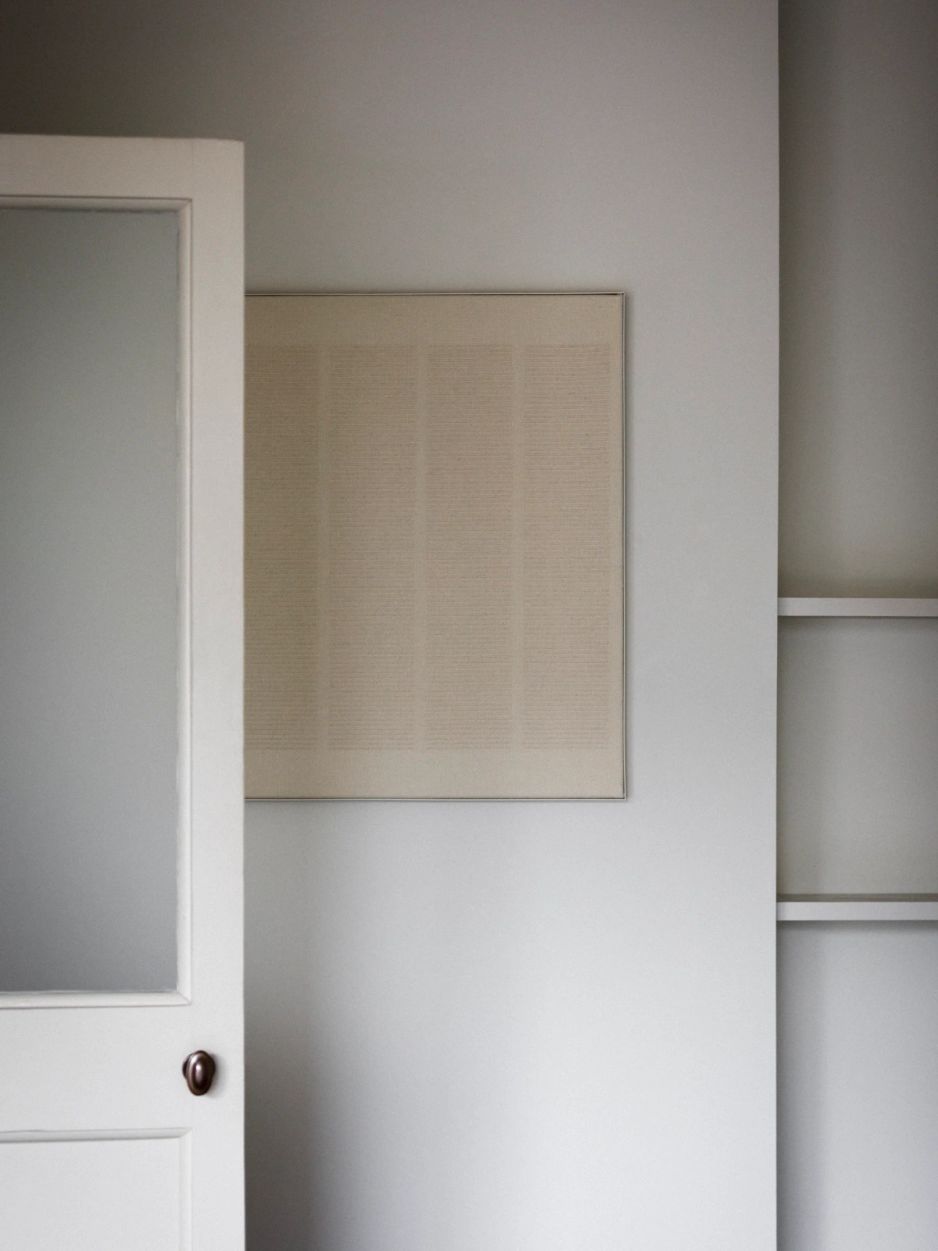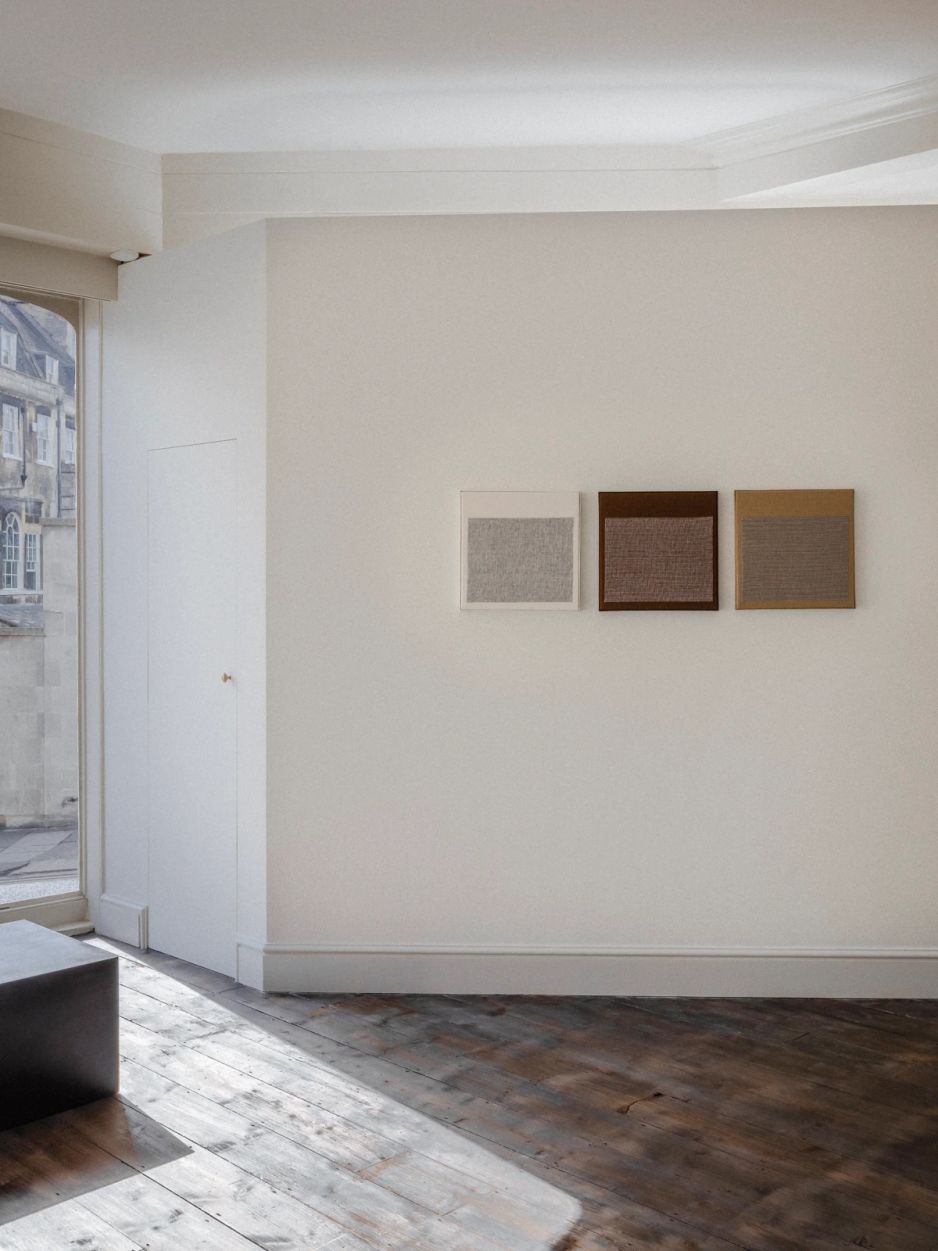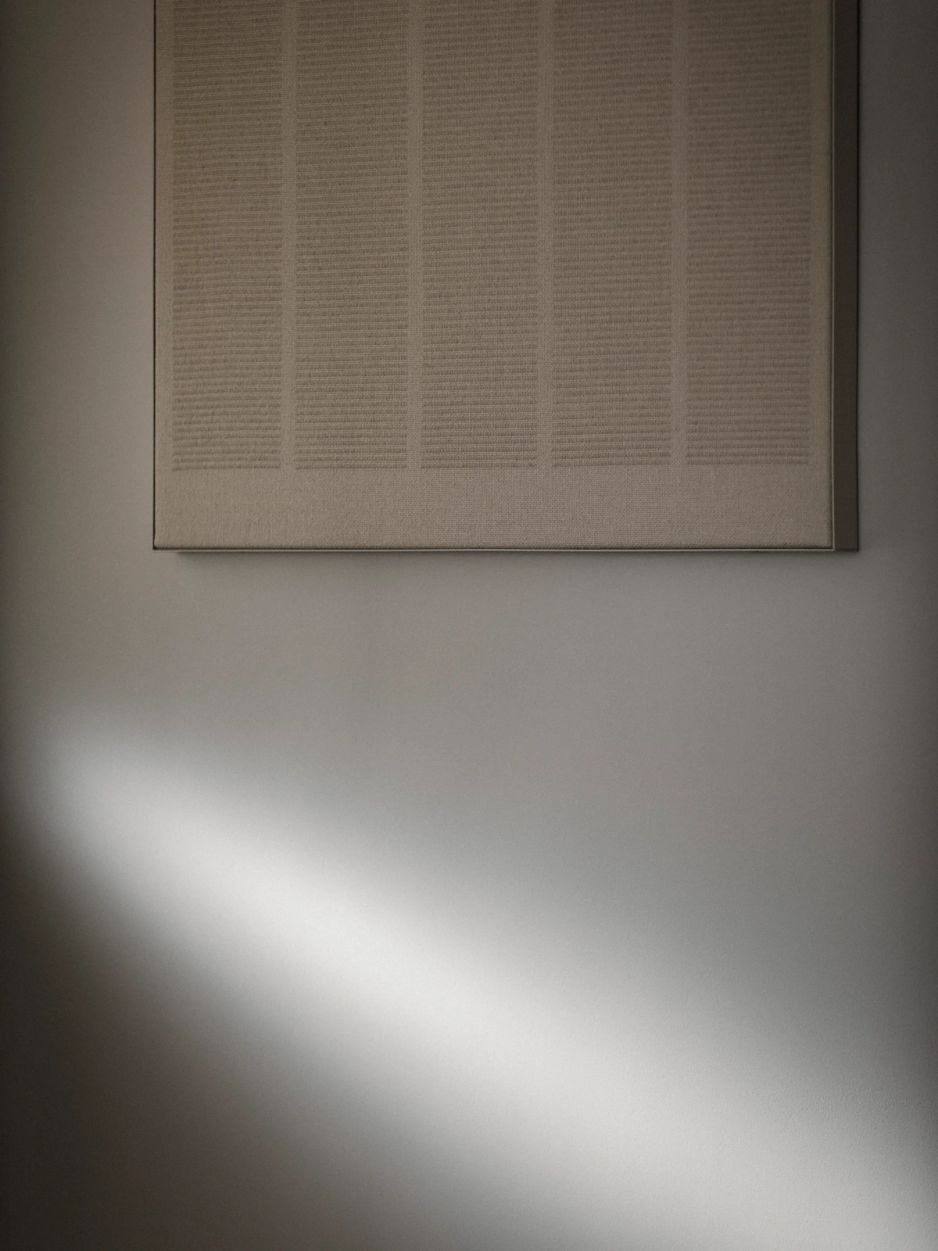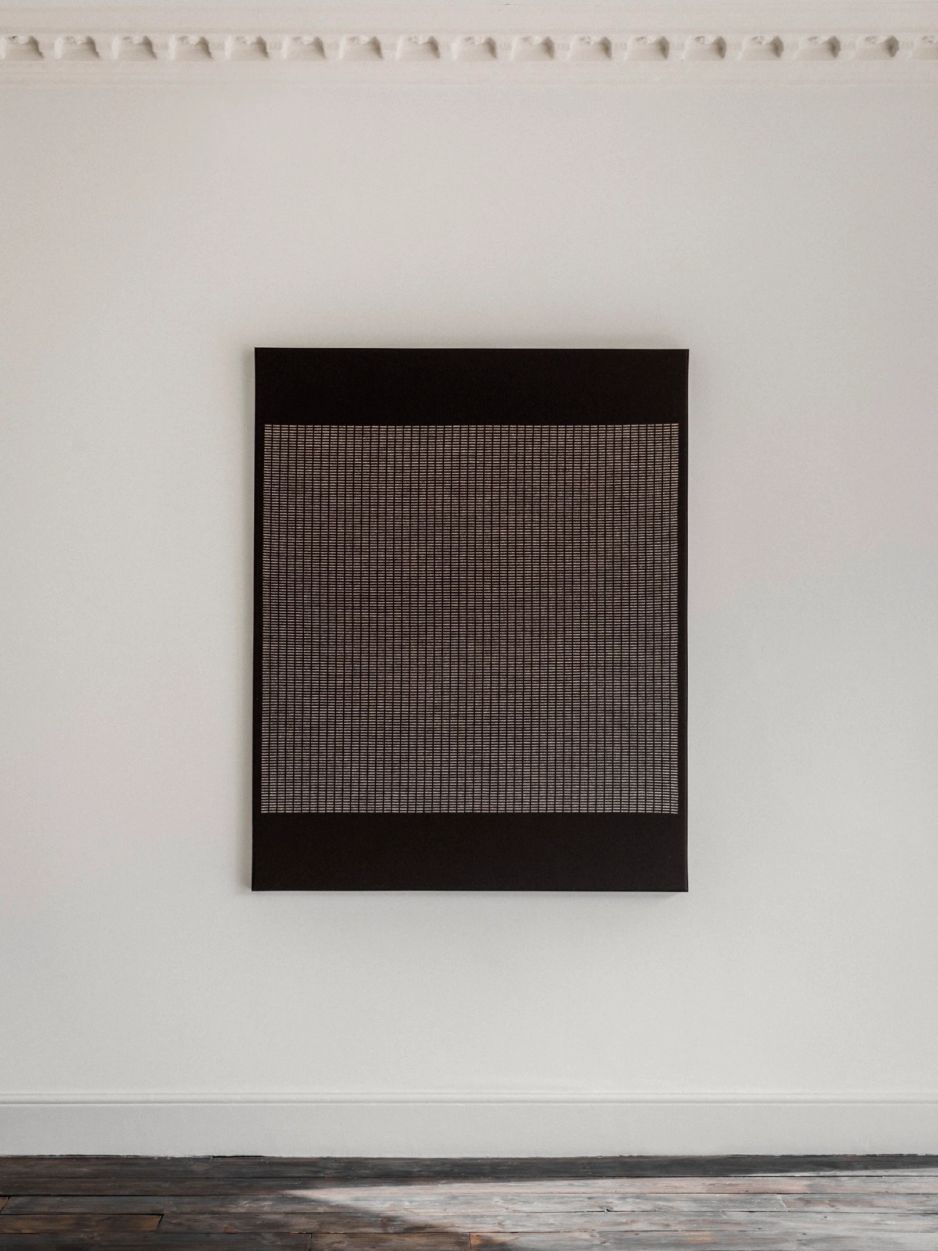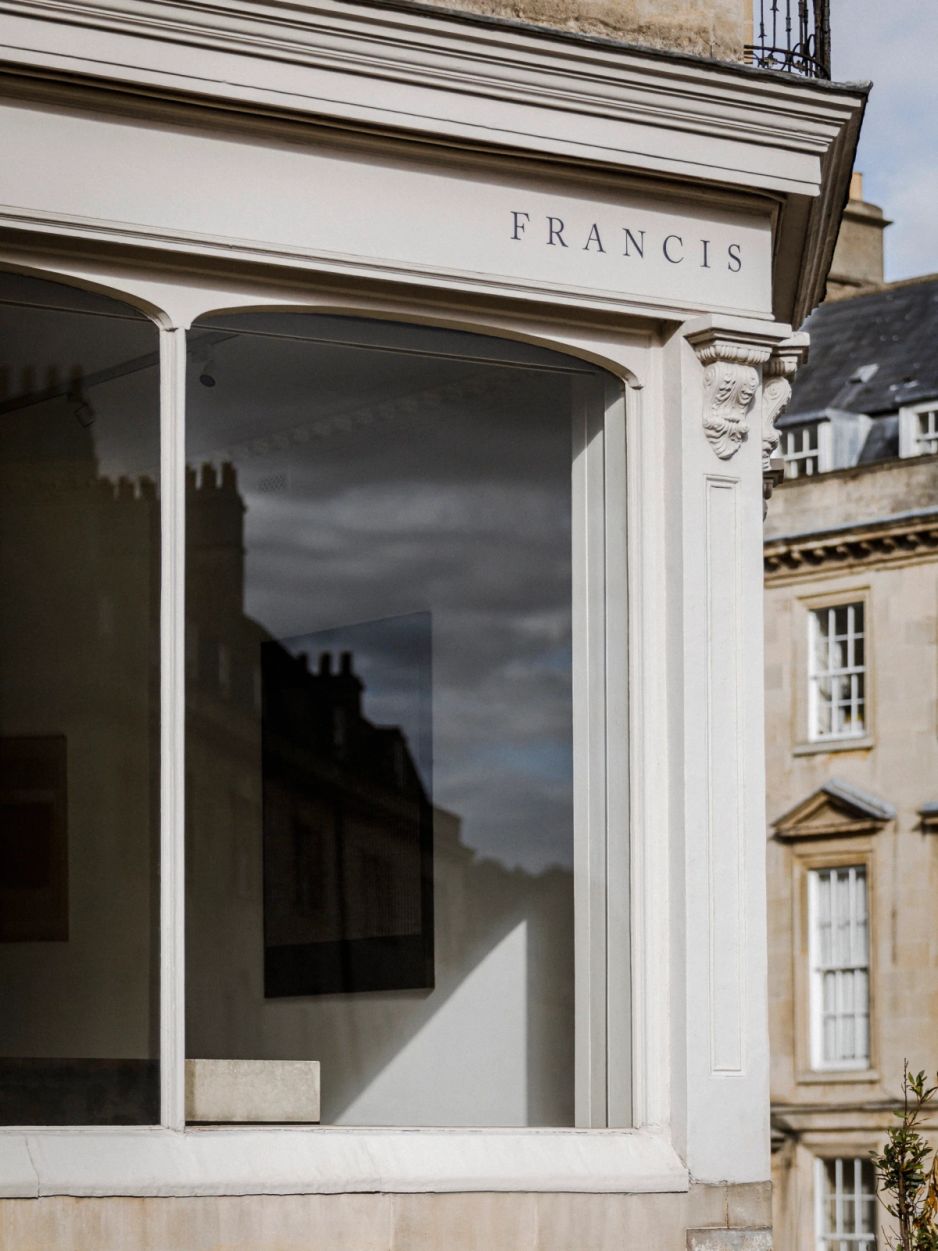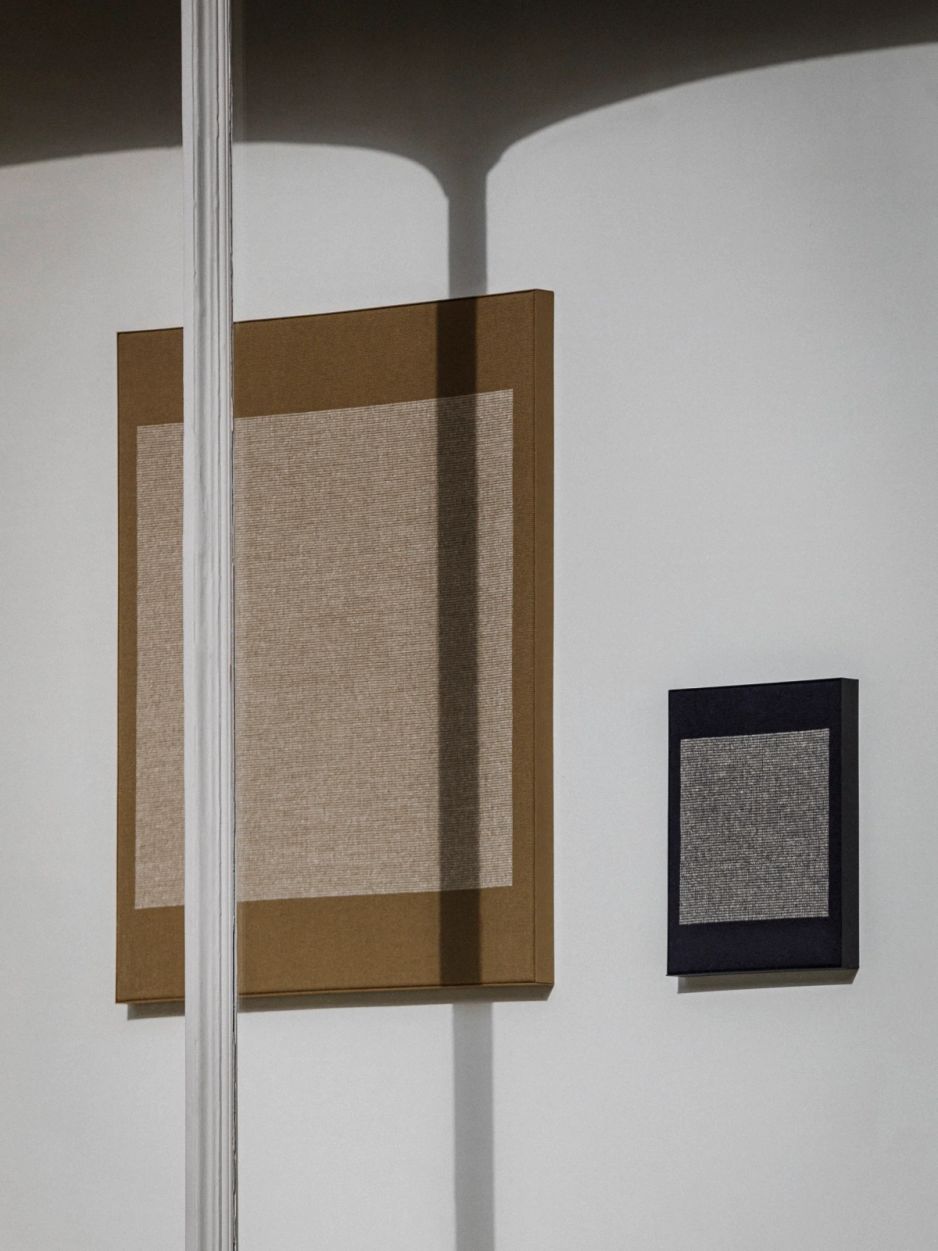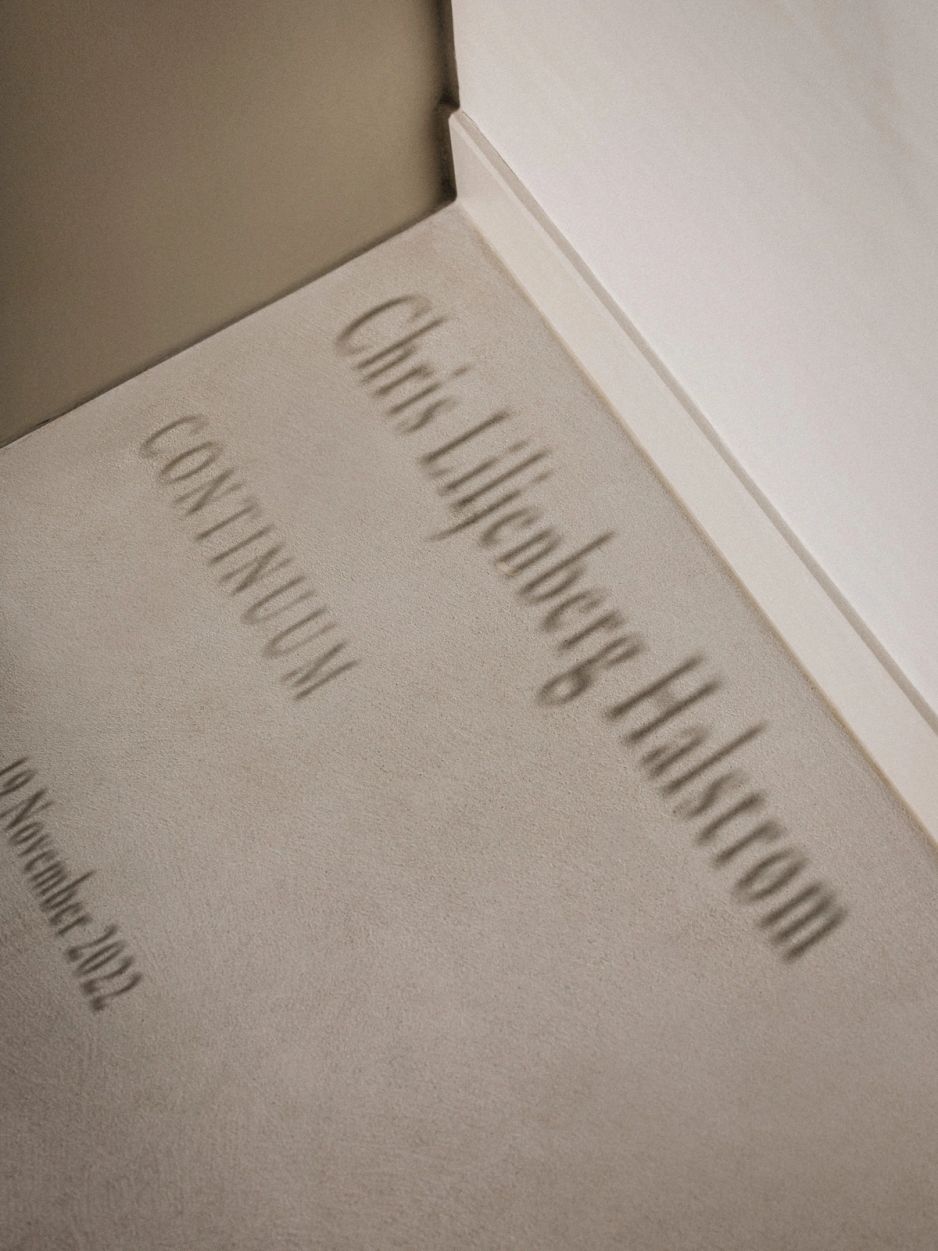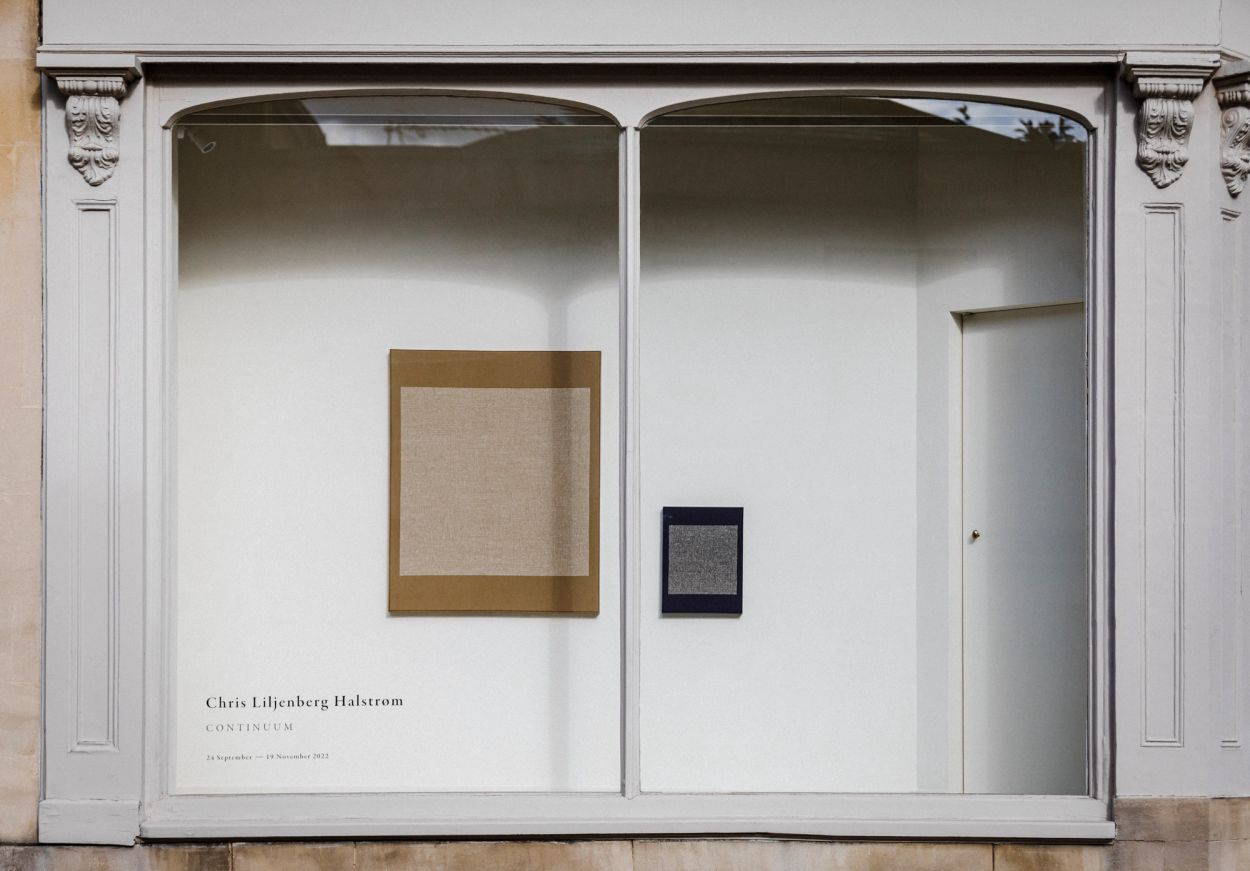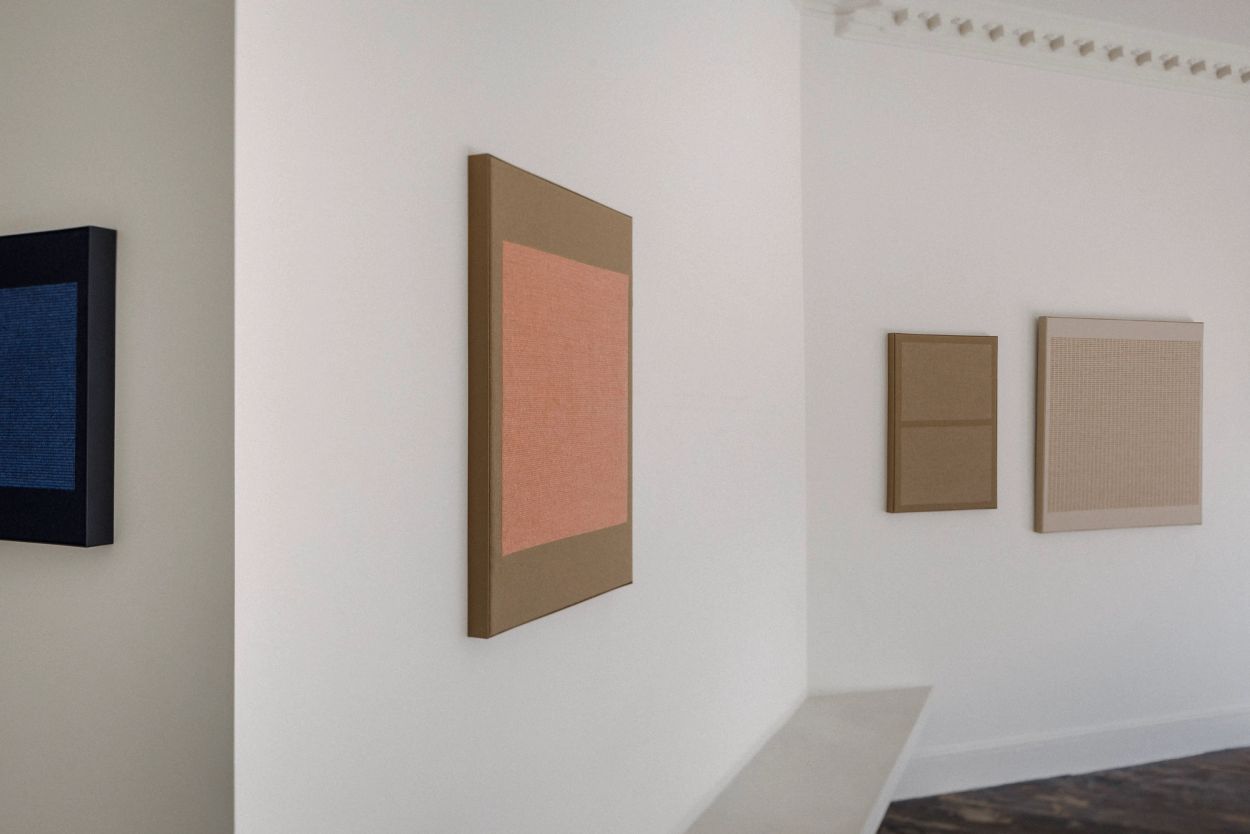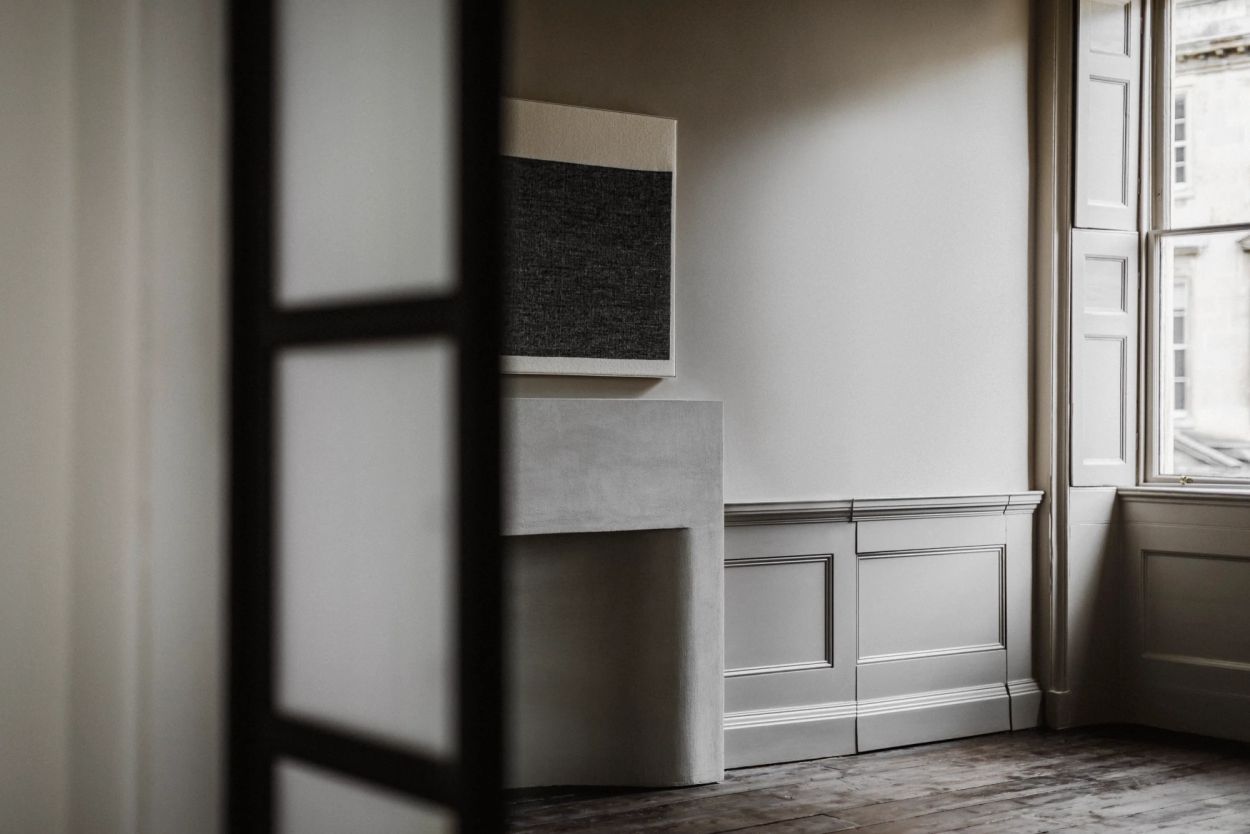Chris Liljenberg Halstrøm: ContinuumSep 24 – Nov 19, 2022
In her solo show Continuum, Danish-Swedish textile artist Chris Liljenberg Halstrøm explores the relationship between material and time, and between the individual and the whole. “Every step of the process has the same amount of importance,” she says. “In some ways, embroidery could be seen as tedious work, but it feels dynamic to me. Every time you make a stitch, you are one stitch further in your work. Even if you can see there is at least a month’s work left to go, you see progress all the time. It is very calming for my mind.”
Among the textiles Halstrøm embroidered on for this show is a bespoke shade of beige. The material, called hallingdal, is most commonly used in upholstery – Halstrøm first encountered it when she was working as a furniture designer – and it was originally designed by Nanna Ditzel for the Danish company Kvadrat. Most varieties involve two different colours for the warp and weft, but Halstrøm uses monochromatic weaves. “The fabric is quite a coarse wool, so it’s very durable,” she says. “The pieces are definitely possible to touch. I like that element to them; they are inviting in that sense.”
Halstrøm uses embroidery to create solid forms, which she acknowledges is at odds with traditional applications of the technique. “Embroidery tends to be used to make lots of different colour changes and intricate floral patterns, but when employed to create these large monochrome surfaces, interesting flickering patterns emerge. The thread is not consistent in its thickness, so these rhythms come and go as you study the surface. It becomes more about the haptic surface and the materiality of it than any design or image.”
Halstrøm has introduced a different stitch pattern for some of the pieces in this show, whereby stitches are made in groups of 10, and are cast off, then started again, in a precise, uncompromising grid. “It’s a visual interpretation of an exercise I like to do, where I count to 10 over and over again to enter a calm state,” she says. “If embroidering wasn’t already meditative enough, then this method of stitch-making takes it to another level. The thread colour in these pieces makes quite a distinct contrast to the textile behind it.”
Halstrøm’s stitches are full of intention and personal meaning. “When I am working, I pay close attention to every stitch, and with each one, I imagine that it represents a person,” Halstrøm says. “I don’t know who they are, but I think about it with every stitch: ‘I thought about you, I thought about you, I thought about you’. They are people I imagine in the world, mainly those who have experienced injustice. They could be people who’ve suffered in a war, or children who weren’t listened to, or people from 2000 years ago that I read about in an article. I don’t know any of their destinies – it is imaginative – but it is something I do with every piece, and although I know it doesn’t make a difference, it means something to me. I find it interesting how they relate to the whole, too. Each stitch, or person, is distinct to themselves, but they also come together to form this larger composition or community.”
The concept of time and its various effects is central to Halstrøm’s work, including the time it takes to create the work (often longer than three months for the larger pieces); the time it takes to view it; to fall in love with it, and to get lost in the moment of viewing. “I am interested in these aspects of my work. Will it take time for a viewer to love it? Or will it be instant? The interaction can be very interesting. Some people react quite quickly to the work, whereas others call me a month after visiting my studio to ask if they can see a piece again, because they didn’t take notice of it at first, yet keep thinking about it,” she says. “I also hope people can lose their sense of time when viewing my work. I want them to have their own experience, where the work speaks to something inside them. The expression is so open, so it can reach people in totally different and personal ways.”
Words
- Ollie Horne
Photos
- Ash James
Featured works
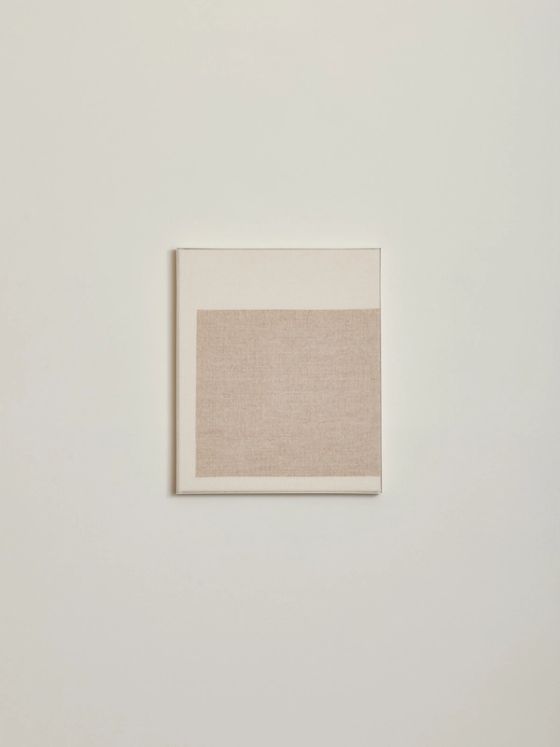
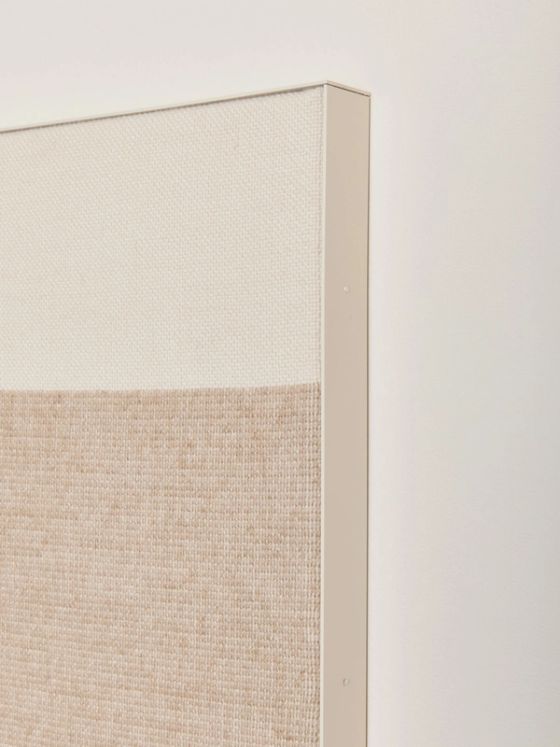 Bath Gallery
Bath GalleryChris Liljenberg HalstrømEntity 26.840, 2022

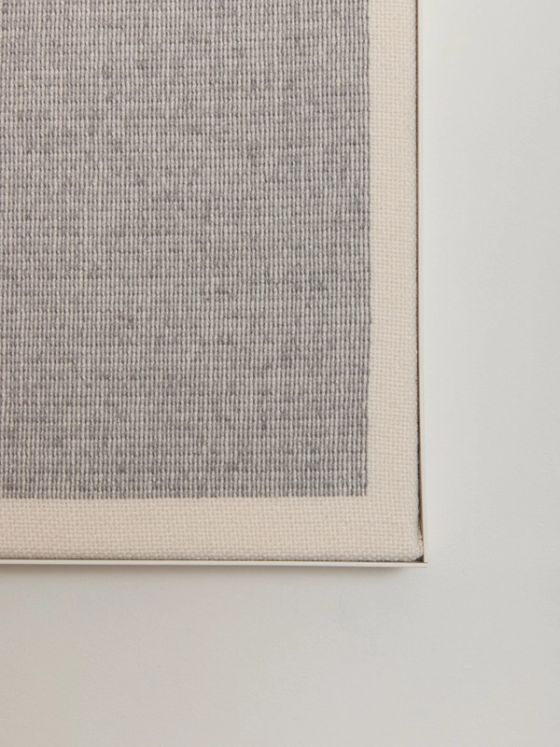
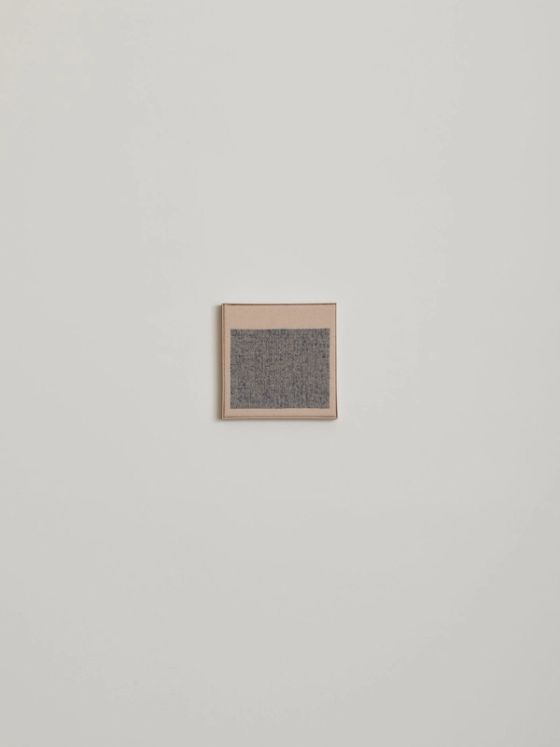
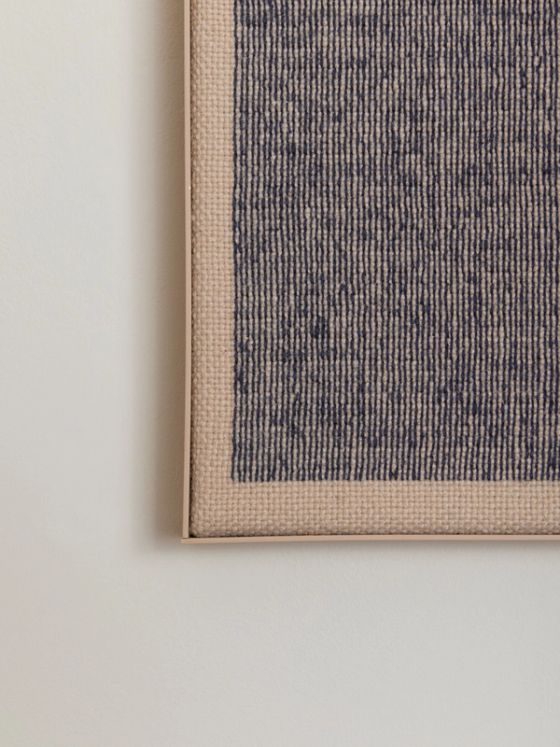 Bath Gallery
Bath GalleryChris Liljenberg HalstrømEntity 4.922, 2022
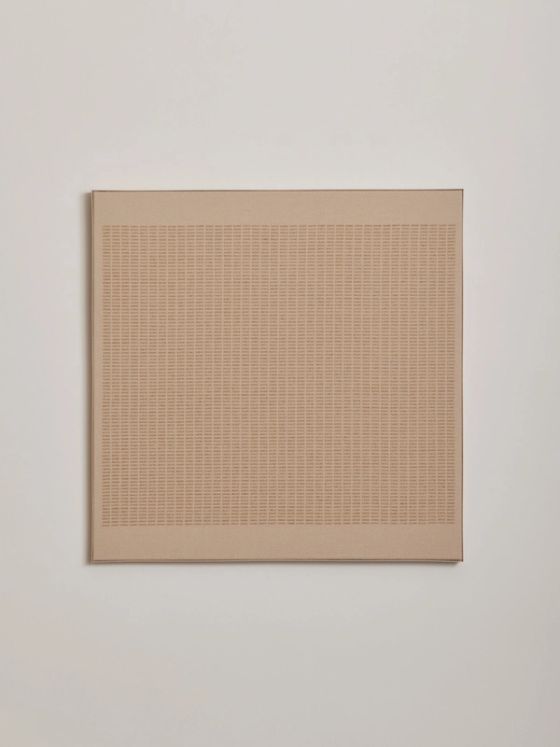
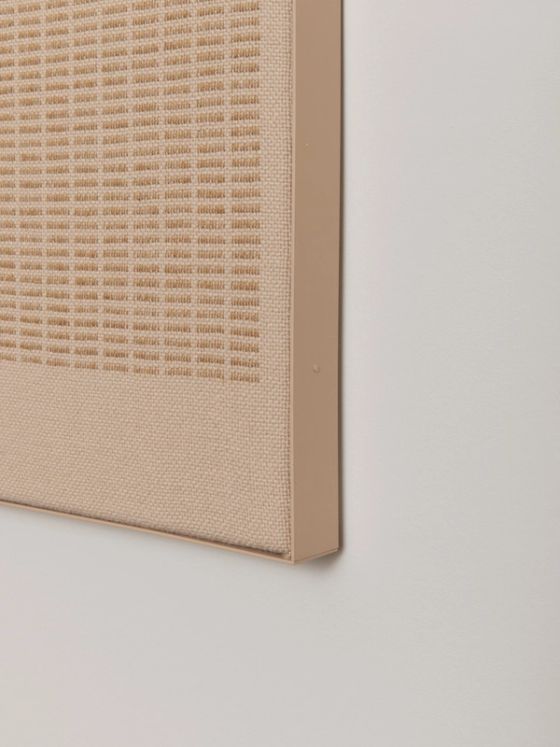
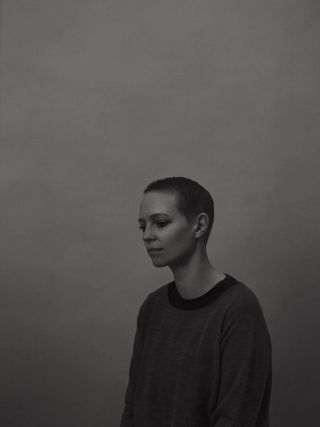
There is an intrinsic connection to the passage of time in Halstrøm’s work. Her laborious stitches force the viewer to pause, and to pore over the work’s surface. “I feel that my final pieces reflect a sense of time and an anonymous presence of effort,” she says. “There are no short cuts."
Related exhibitions

The rhythm of our lives is dictated by the turning of the planets, the tilt of the earth, and its position relative to the sun – and it is this dance of planets and stars that dictates our access to light and heat, that divides night from day, and that governs the gradual slide from winter into spring, summer to autumn.
